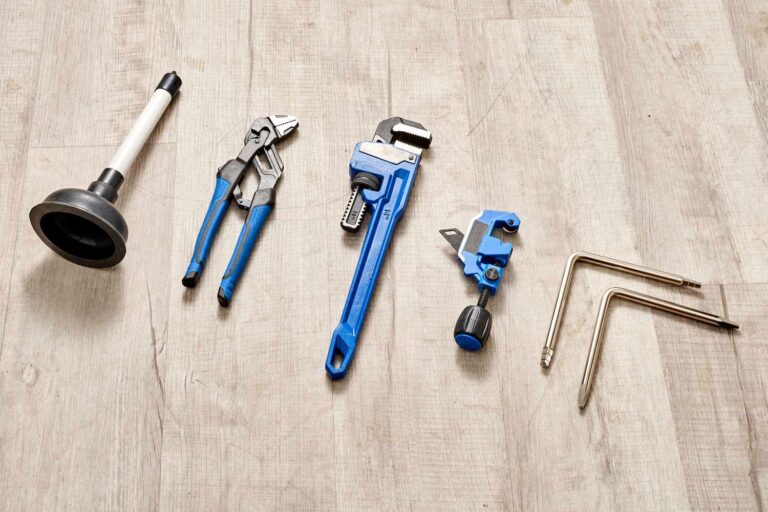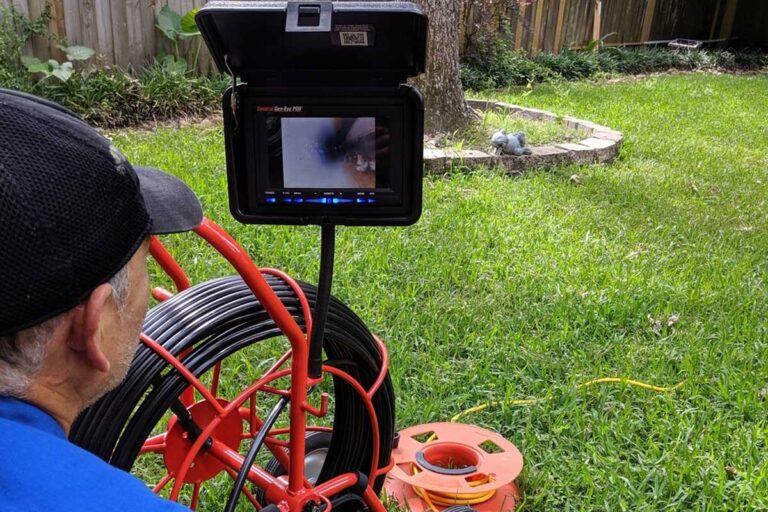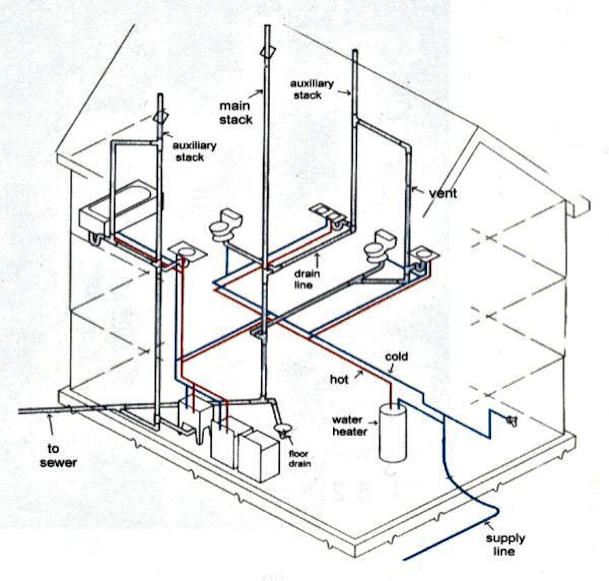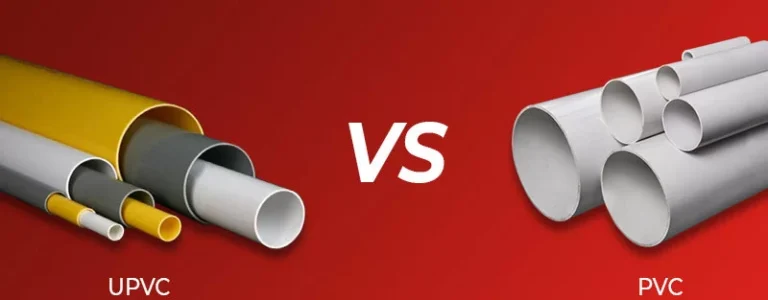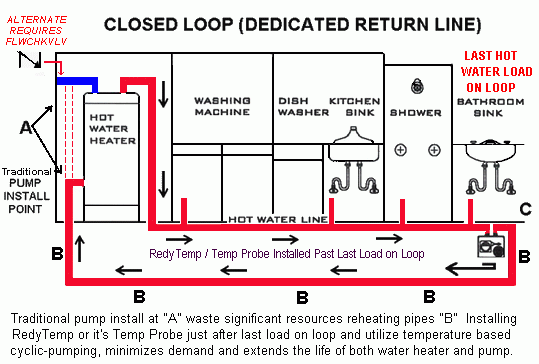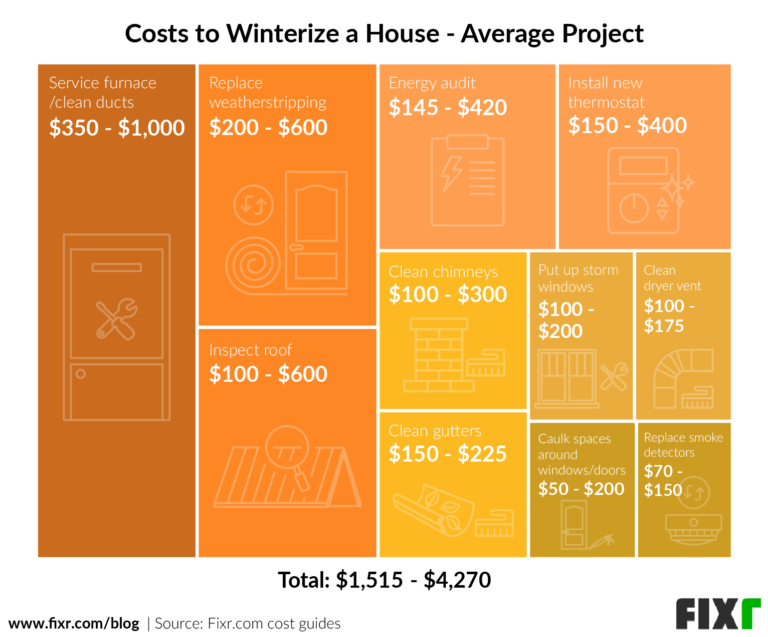What type of plumbing do most houses have?
Have you ever wondered what type of plumbing system is commonly found in most houses? Plumbing plays an essential role in our everyday lives, allowing us to have clean water on demand and a reliable drainage system. In this article, we will explore the different types of plumbing systems that are typically installed in residential homes.

Types of plumbing systems commonly found in houses
Plumbing systems can vary depending on factors such as the age of the house, local building codes, and personal preferences of the homeowner. Let’s take a closer look at some of the most commonly used plumbing systems in residential homes.
- Copper plumbing systems: One of the most traditional and widely used plumbing systems is the copper piping system. Copper has been used for plumbing for many years and is known for its durability and resistance to corrosion. Copper pipes are typically installed by soldering the joints together, creating a strong and leak-free connection. Copper plumbing systems offer several advantages. They are long-lasting and can withstand high pressure, making them suitable for both hot and cold water supply lines. Additionally, copper pipes have natural antimicrobial properties, which help maintain water quality. However, there are some downsides to copper plumbing systems. They can be expensive, especially if the house requires a large amount of piping. Copper pipes can also be prone to freezing and bursting in colder climates, which may require additional insulation or heating precautions.
- PEX plumbing systems: Another popular option for residential plumbing is PEX (cross-linked polyethylene) piping. PEX is a newer and more affordable alternative to copper piping. It is a flexible material, making it easier to install and maneuver around obstacles. PEX pipes can be joined using crimp or clamp fittings, eliminating the need for soldering. PEX plumbing systems offer several advantages. They are resistant to freezing, making them suitable for colder climates. PEX pipes are also less likely to burst in extreme temperatures compared to copper pipes. Additionally, PEX is a more cost-effective option, especially for larger plumbing projects. However, there are some considerations when using PEX plumbing systems. PEX pipes can expand and contract with temperature changes, which may cause noise or vibrations. It is important to use proper installation techniques and materials to minimize these issues. Additionally, some local building codes may have restrictions on the use of PEX piping, so it’s essential to check with local authorities before proceeding.
- PVC plumbing systems: PVC (polyvinyl chloride) piping is commonly used for drainage and waste systems in residential homes. It is a lightweight and durable material that is resistant to corrosion and chemicals. PVC pipes are joined using solvent cement, creating a strong and watertight connection. PVC plumbing systems offer several advantages. They are affordable and easy to install, making them a popular choice for DIY projects. PVC pipes are also resistant to bacterial growth, ensuring a hygienic drainage system. Additionally, PVC is a low-maintenance option, requiring minimal upkeep and repairs. However, there are some limitations to PVC plumbing systems. They are not suitable for hot water supply lines and may warp or degrade when exposed to high temperatures. PVC pipes can also be brittle and prone to cracking if subjected to impact or heavy loads. Therefore, it is important to use PVC pipes in appropriate applications and avoid excessive stress.
Galvanized steel plumbing systems
In older homes, you may come across galvanized steel plumbing systems. Galvanized steel pipes are coated with a layer of zinc to protect against corrosion. While they were commonly used in the past, galvanized steel pipes have become less popular due to their disadvantages.
One of the main drawbacks of galvanized steel plumbing systems is their susceptibility to corrosion. Over time, the zinc coating can wear off, exposing the steel to rust and blockages. Galvanized steel pipes can also accumulate mineral deposits, leading to reduced water flow and pressure. Additionally, galvanized steel pipes are difficult to work with and require specialized tools for installation and repairs.
Due to these limitations, many homeowners choose to replace galvanized steel plumbing systems with more modern and reliable options such as copper or PEX.

Factors to consider when choosing a plumbing system for your house
When selecting a plumbing system for your house, there are several factors to consider. These include:
- Budget: Determine your budget for the plumbing project, including the cost of materials, labor, and any additional requirements.
- Local building codes: Check with local authorities to ensure compliance with building codes and regulations regarding plumbing systems.
- Climate: Consider the climate in your area and choose a plumbing system that can withstand temperature fluctuations and freezing conditions if applicable.
- Water quality: Evaluate the water quality in your area and choose pipes that are resistant to corrosion or degradation caused by minerals or chemicals in the water.
- Maintenance: Consider the maintenance requirements of different plumbing systems and choose one that fits your lifestyle and maintenance preferences.
- Future renovations: If you have plans for future renovations or expansions, consider the flexibility and adaptability of different plumbing systems
Pros and cons of different plumbing systems
To help you make an informed decision, let’s summarize the pros and cons of the different plumbing systems discussed:
Copper plumbing systems:
- Pros: – Durable and resistant to corrosion – Suitable for hot and cold water supply lines – Natural antimicrobial properties
- Cons: – Expensive, especially for large plumbing projects – Prone to freezing and bursting in colder climates
PEX plumbing systems:
- Pros: – Affordable and easy to install – Resistant to freezing – Less likely to burst in extreme temperatures
- Cons: – May expand and contract with temperature changes, causing noise or vibrations – Some local building codes may have restrictions on its use
PVC plumbing systems:
- Pros: – Affordable and easy to install – Resistant to corrosion and bacterial growth – Low-maintenance option
- Cons: – Not suitable for hot water supply lines – Can warp or degrade when exposed to high temperatures
Galvanized steel plumbing systems:
- Cons: – Susceptible to corrosion and blockages – Accumulates mineral deposits – Difficult to work with and requires specialized tools
Maintenance and care for different plumbing systems
Regardless of the type of plumbing system in your house, regular maintenance and care are essential to ensure its longevity and performance. Here are some general maintenance tips:
- Check for leaks: Regularly inspect your plumbing system for any leaks or drips. Fix any issues promptly to prevent water damage and wastage.
- Clear clogs: If you experience slow drains or clogged pipes, use appropriate methods to clear the blockages. Avoid using harsh chemicals that can damage the pipes.
- Insulate pipes: In colder climates, insulate exposed pipes to prevent freezing and bursting. Use insulation materials specifically designed for plumbing applications.
- Monitor water pressure: Keep an eye on the water pressure in your house. Excessive pressure can strain the plumbing system and lead to leaks or burst pipes. Consider installing a pressure regulator if needed.
- Avoid chemical damage: Be cautious with the use of chemicals in your plumbing system. Harsh drain cleaners or chemical-based products can corrode pipes and joints over time.
- Regular inspections: Schedule regular inspections by a professional plumber to identify any potential issues or maintenance needs. A proactive approach can prevent costly repairs down the line.
FAQS for What type of plumbing do most houses have?
Q1: What are the primary plumbing systems in a typical house?
A1: In a typical house, you’ll find two primary plumbing systems: the water supply plumbing, which delivers fresh water, and the drainage plumbing (DWV system), which safely carries wastewater away.
Q2: How does the water supply plumbing work in a house?
A2: Water supply plumbing in a house distributes cold and hot water to various fixtures and appliances, such as taps, showers, sinks, washing machines, and water heaters. It connects to a municipal water supply or a private well.
Q3: What is the function of the DWV system in a house?
A3: The Drain-Waste-Vent (DWV) system in a house is responsible for safely removing wastewater and sewage. It includes pipes, traps, and vents that connect to the sewer system or septic tank while preventing sewer gases from entering the home.
Conclusion
The type of plumbing system most commonly found in houses can vary depending on factors such as the age of the house, local building codes, and personal preferences. Copper, PEX, PVC, and galvanized steel are some of the popular options used in residential plumbing.
Each type of plumbing system has its own advantages and disadvantages, and it’s important to consider factors such as budget, local building codes, climate, water quality, and maintenance requirements when choosing a system for your house. Additionally, regular maintenance and care are crucial to ensure the longevity and performance of your plumbing system.
By understanding the different types of plumbing systems commonly found in houses, you can make informed decisions about your own plumbing needs. Whether you opt for the durability of copper, the affordability of PEX, the ease of installation with PVC, or the modern alternatives to galvanized steel, having a reliable plumbing system is essential for a comfortable and efficient home.
Remember, when it comes to plumbing, it’s always best to consult with a professional plumber to assess your specific needs and ensure a successful installation or repair.

